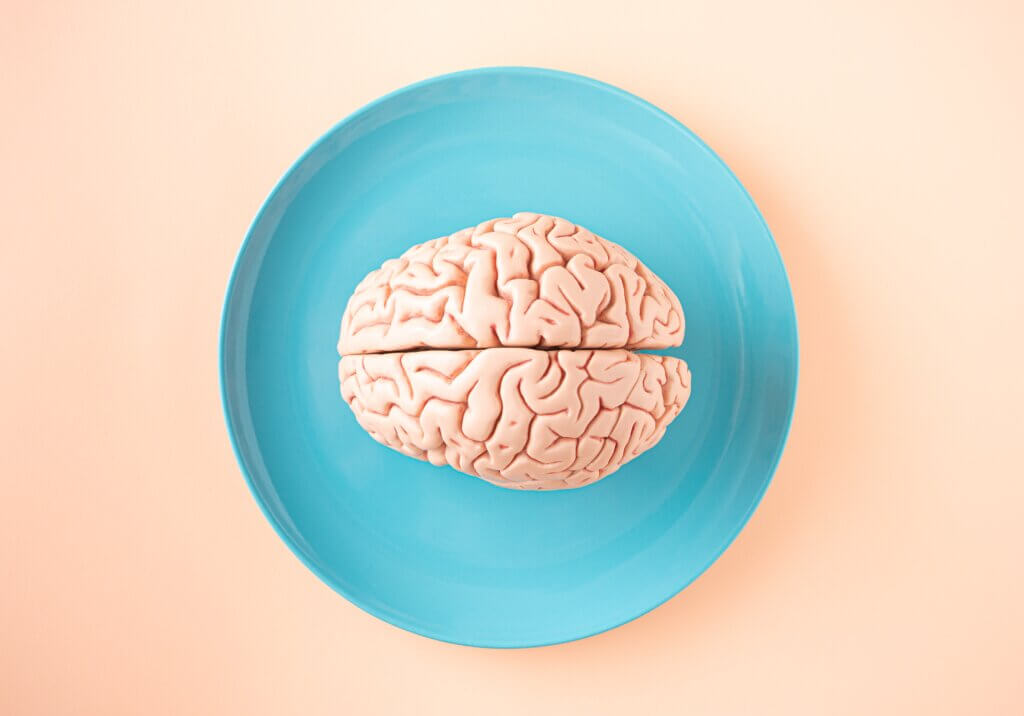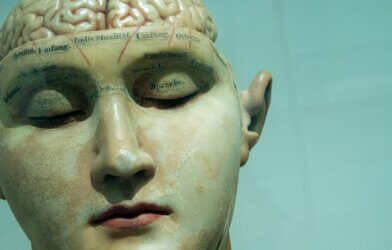From infancy, the learning process begins by watching, assessing, and eventually trying. Before we learn from watching, however, scientists have long explained that our brains must first recognize how the action connects with our own needs or emotions. But what is going on in the brain during this process? Researchers at Baylor College of Medicine believe it is related to memory recall and have identified, in rats, activity patterns supporting this idea.
Dr. Daoyun Ji, professor of neuroscience at Baylor, is the lead author of the study. Ji and his team used two subjects in their studies, an observer rat and a demonstrator rat. This allowed the team to see the brain activity of the observer as it watched the demonstrator make free choices.
“The observer watches, it can’t guess which way the demonstrator is planning to go to be rewarded. The behavior of the observer while watching the other rat run the maze, and behavior when placed in the maze again, depends on what it sees,” explains Mou, assistant professor of neuroscience at Baylor, in a statement. Each time the demonstrator rat made a correct move, it was rewarded. When the observer rat acknowledged the actions and rewards of the demonstrator rat, it was also rewarded. It was then placed in the maze and had to follow the same path as the previous rat in order to be rewarded again.
Researchers measured the electrical impulses in the hippocampus while the observer ran the maze, using that brain activity to make a “codebook” to understand what activity was similar to that while it watched the demonstrator run the maze. The scientists found that the brain activity during this process is similar to memory recall.
“As we predicted, when the observer sees the demonstrator running left, we can see that the activity patterns associated with self-running of the left direction are reactivated. If it is activated multiple times, this shows us that the observer knows that the demonstrator went to the left and also keeps that info in mind so that later if put back in the maze, the observer knows he needs to go left,” Ji said.
Both Ji and Mou explain that this might be the same framework for how our brain works as well. As we witness the actions and experiences of others, we feel empathy or joy for the other person. For some, the cognitive capacities needed to do this do not function properly. For example, those with autism might have trouble understanding social cues.
“The actual replay during or right after the observation is different from the brain activity of self-learning. It is a different type of activity pattern and activation.” Ji adds, “While we can show in a rat model what activity is used in this process, exactly how the circuitry of our own brain works in more complex examples of social understanding is still a mystery. Our work is moving toward one day being able to correct these types of circuits.”
Other researchers who took part in the study include Abhishekh Pokhrel and Prakul Suresh, both with Baylor College of Medicine.
The study is published in the journal Neuron.
Article written by Rhonda Errabelli












